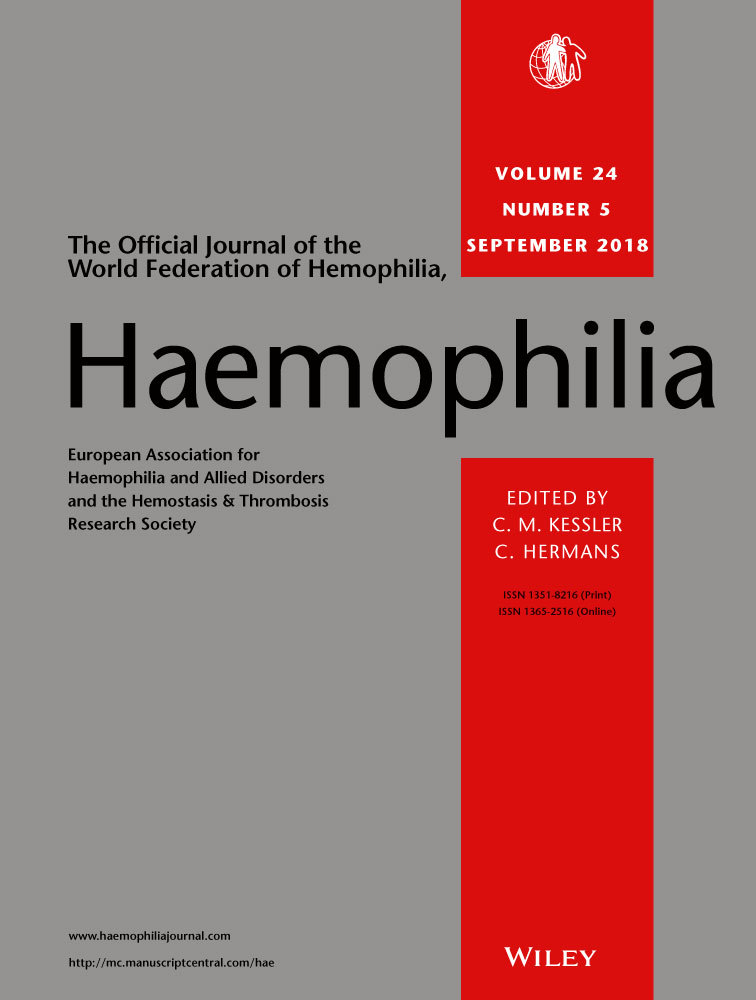Abnormal coagulation and enhanced fibrinolysis due to lysinuric protein intolerance associates with bleeds and renal impairment
Funding information
Funding was received from Helsinki University Governmental Grant, The Finnish Society of Anaesthesiologists, Finnish Hematology Association, and Blood Disease Research Foundation.
Abstract
Introduction
Lysinuric protein intolerance (LPI), a rare autosomal recessive transport disorder of cationic amino acids lysine, arginine and ornithine, affects intestines, lungs, liver and kidneys. LPI patients may display potentially life-threatening bleeding events, which are poorly understood.
Aims
To characterize alterations in haemostatic and fibrinolytic variables associated with LPI.
Methods
We enrolled 15 adult patients (8 female) and assessed the clinical ISTH/SSC-BAT bleeding score (BS). A variety of metabolic and coagulation assays, including fibrin generation test derivatives, clotting time (CT) and clot lysis time (CLT), thromboelastometry (ROTEM), and PFA-100 and Calibrated Automated Thrombogram (CAT), were used.
Results
All patients had mild-to-moderate renal insufficiency, and moderate bleeding tendency (BS 4) without spontaneous bleeds. Mild anaemia and thrombocytopenia occurred. Traditional clotting times were normal, but in contrast, CT in fibrin generation test, and especially ROTEM FIBTEM was abnormal. The patients showed impaired primary haemostasis in PFA, irrespective of normal von Willebrand factor activity, but together with lowered fibrinogen and FXIII. Thrombin generation (TG) was reduced in vitro, according to CAT-derived endogenous thrombin potential, but in vivo TG was enhanced in the form of circulating prothrombin fragment 1 and 2 values. Very high D-dimer and plasmin-α2-antiplasmin (PAP) complex levels coincided with shortened CLT in vitro.
Conclusions
Defective primary haemostasis, coagulopathy, fibrin abnormality (FIBTEM, CT and CLT), low TG in vitro and clearly augmented fibrinolysis (PAP and D-dimer) in vivo were all detected in LPI. Altered fibrin generation and hyperfibrinolysis were associated with the metabolic and renal defect, suggesting a pathogenetic link in LPI.




